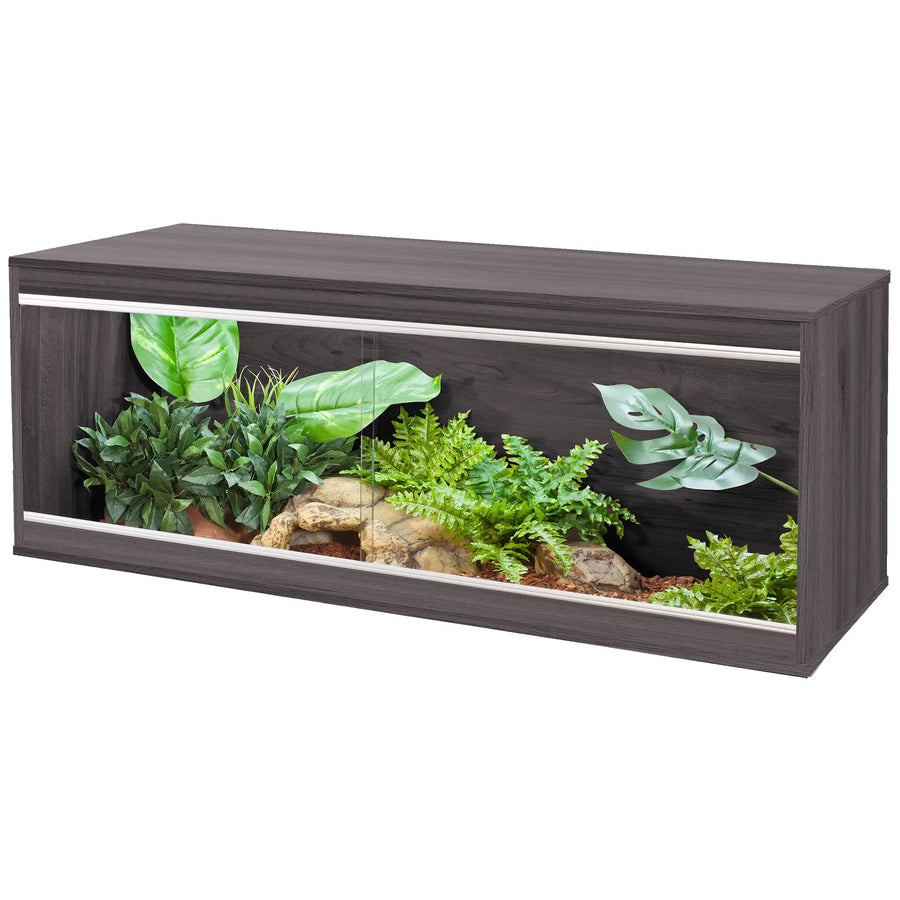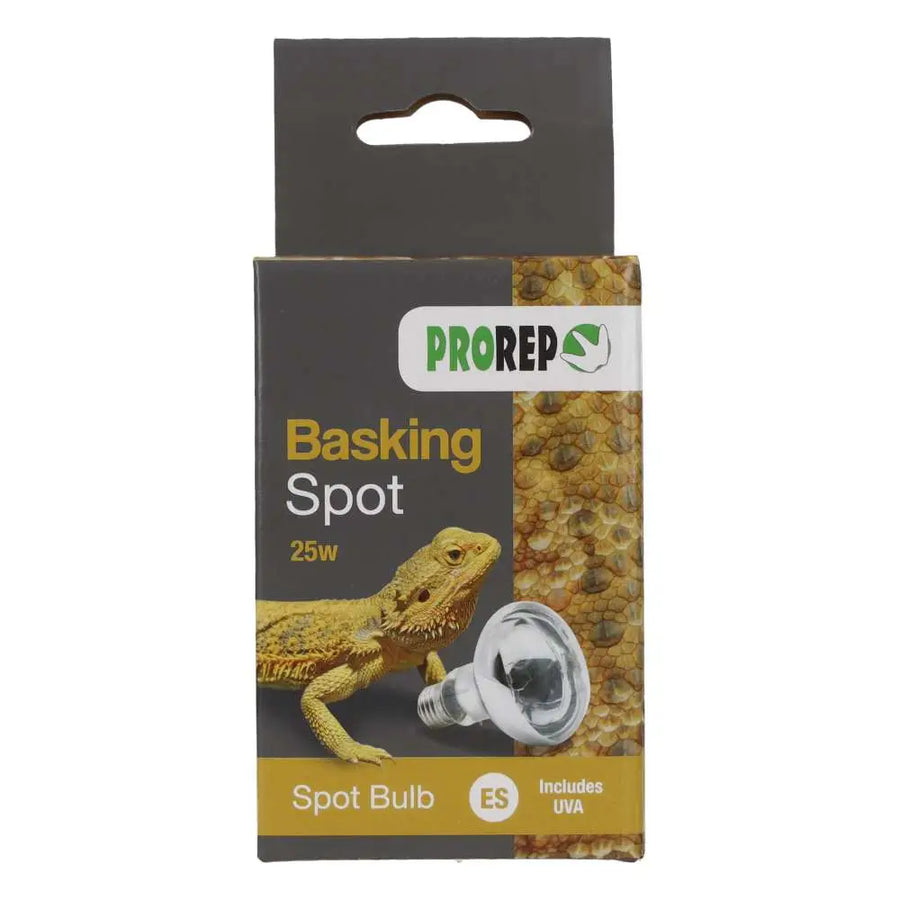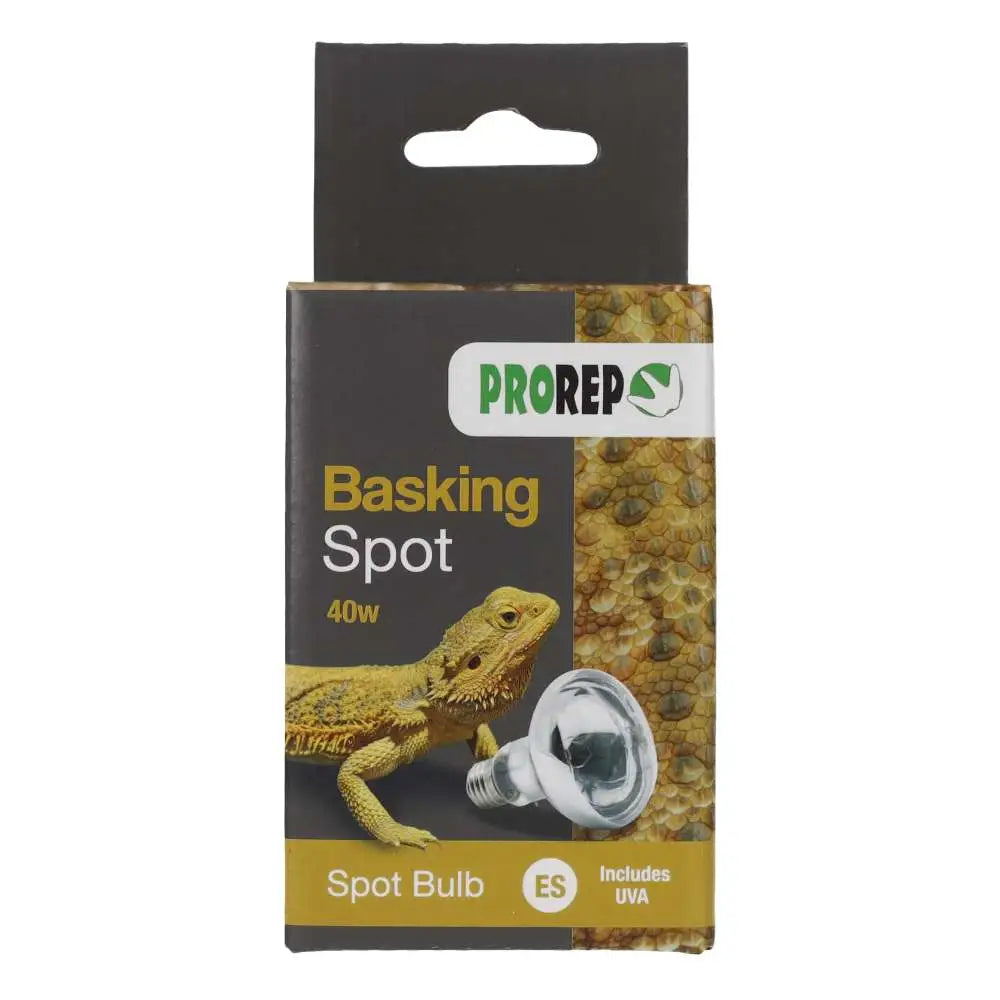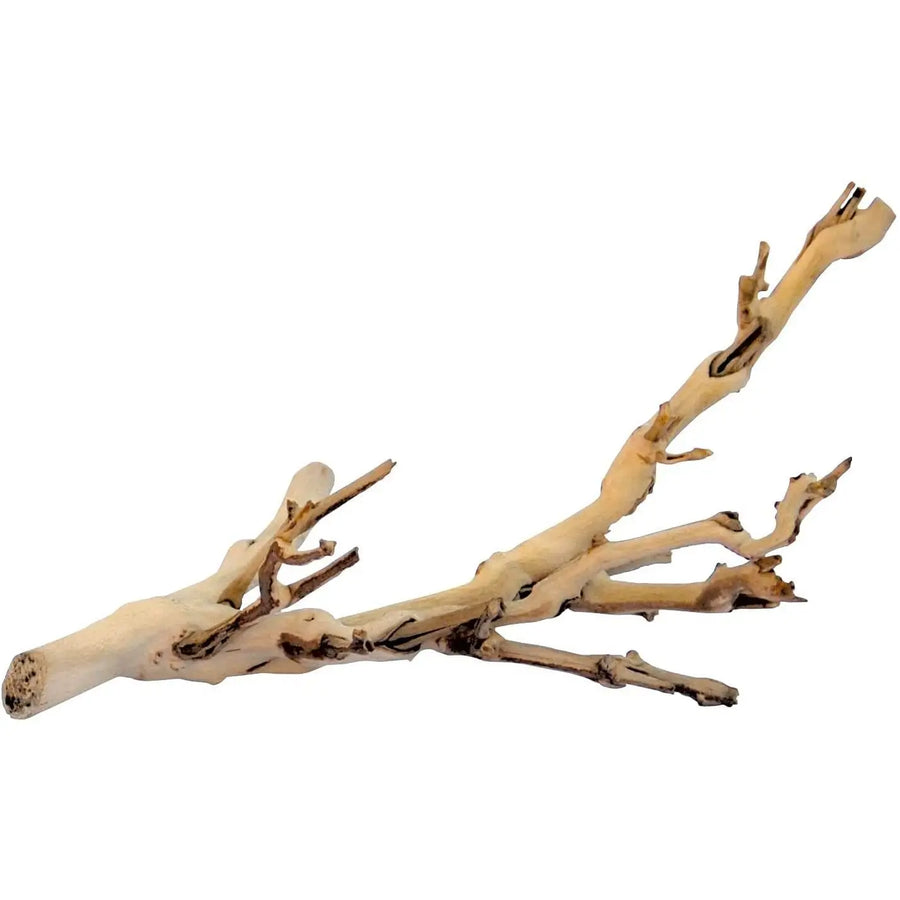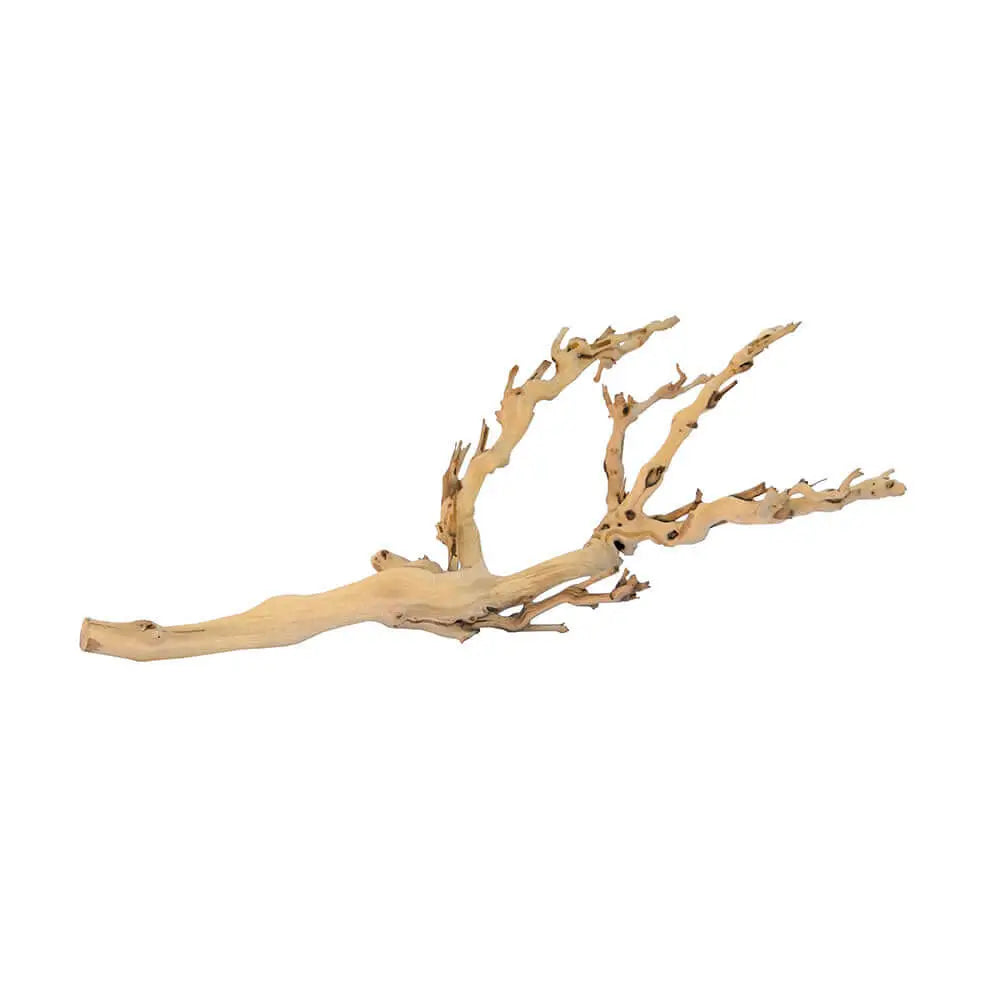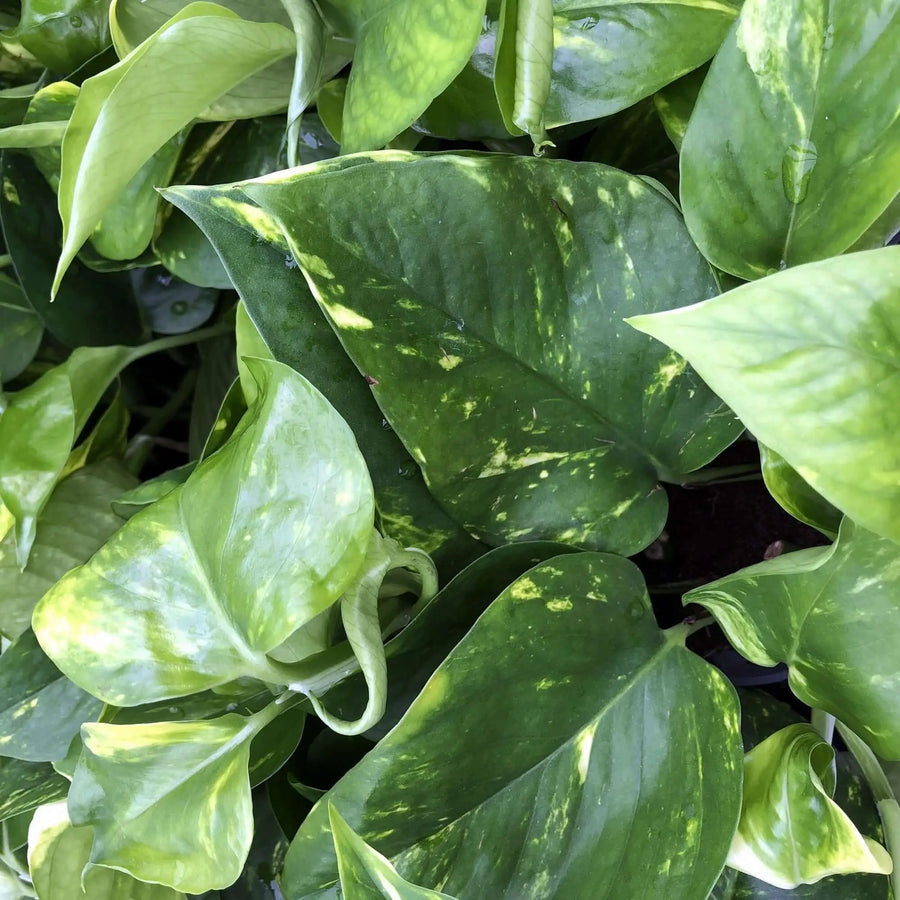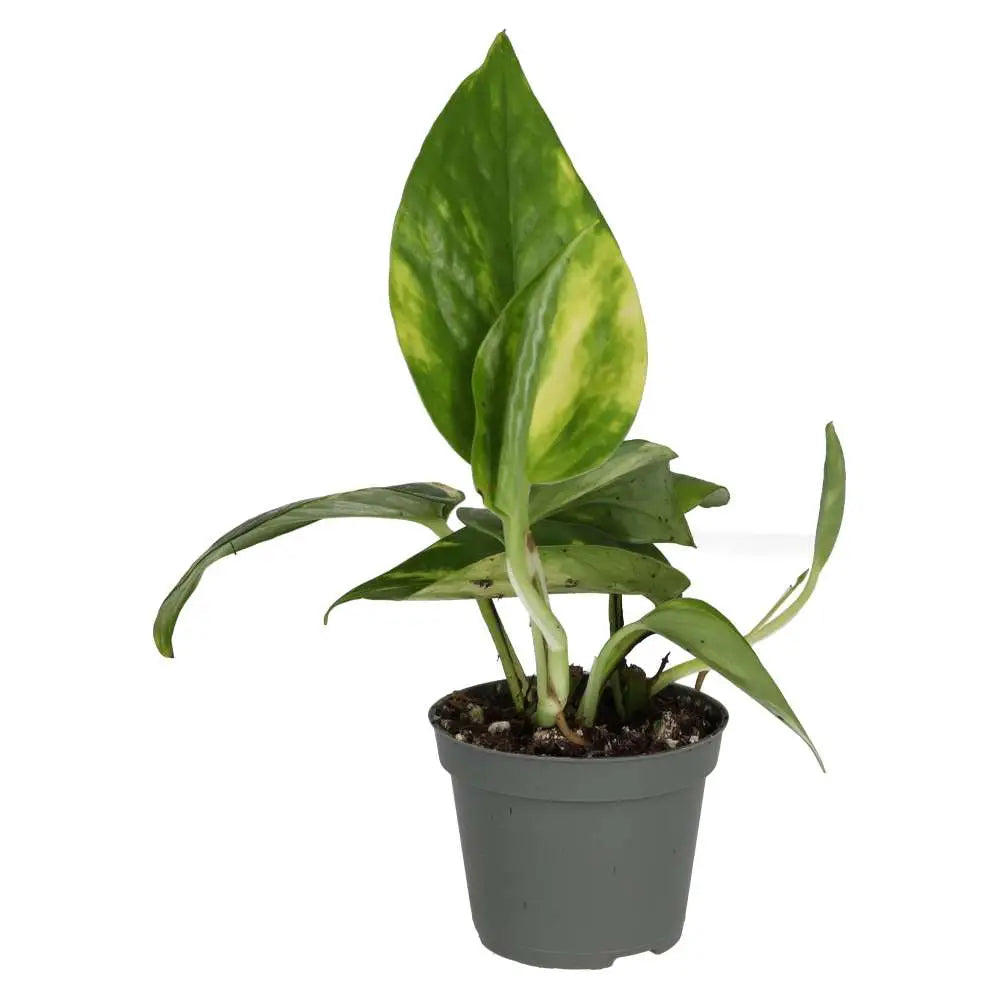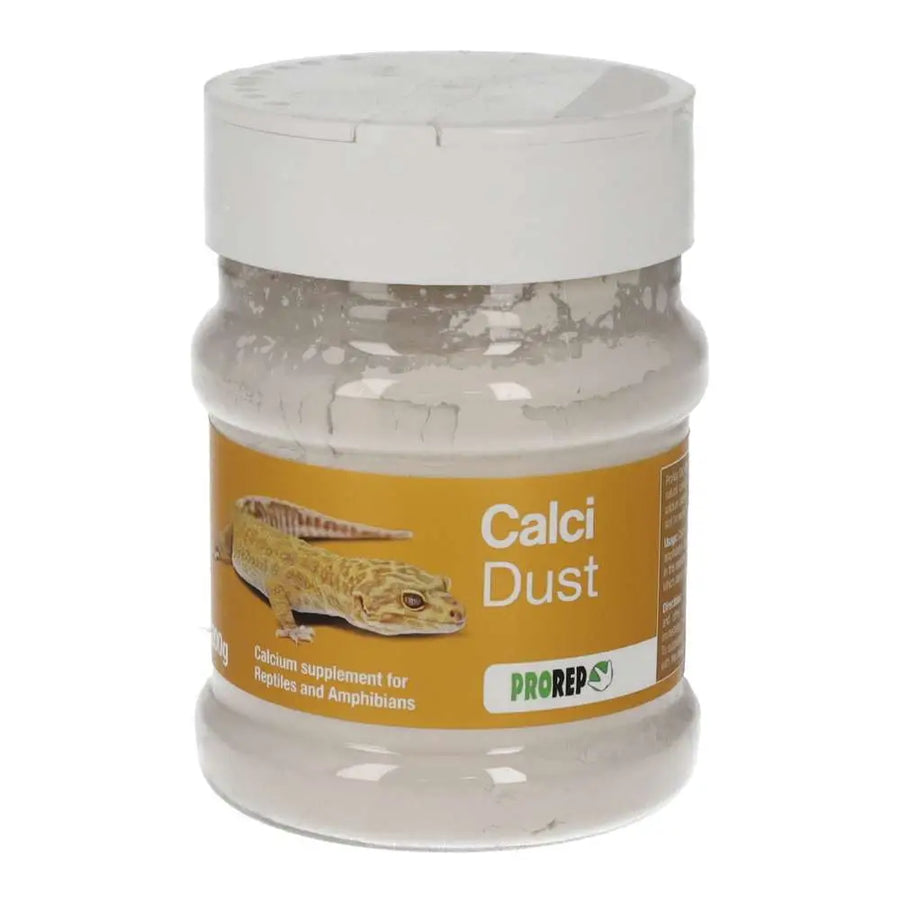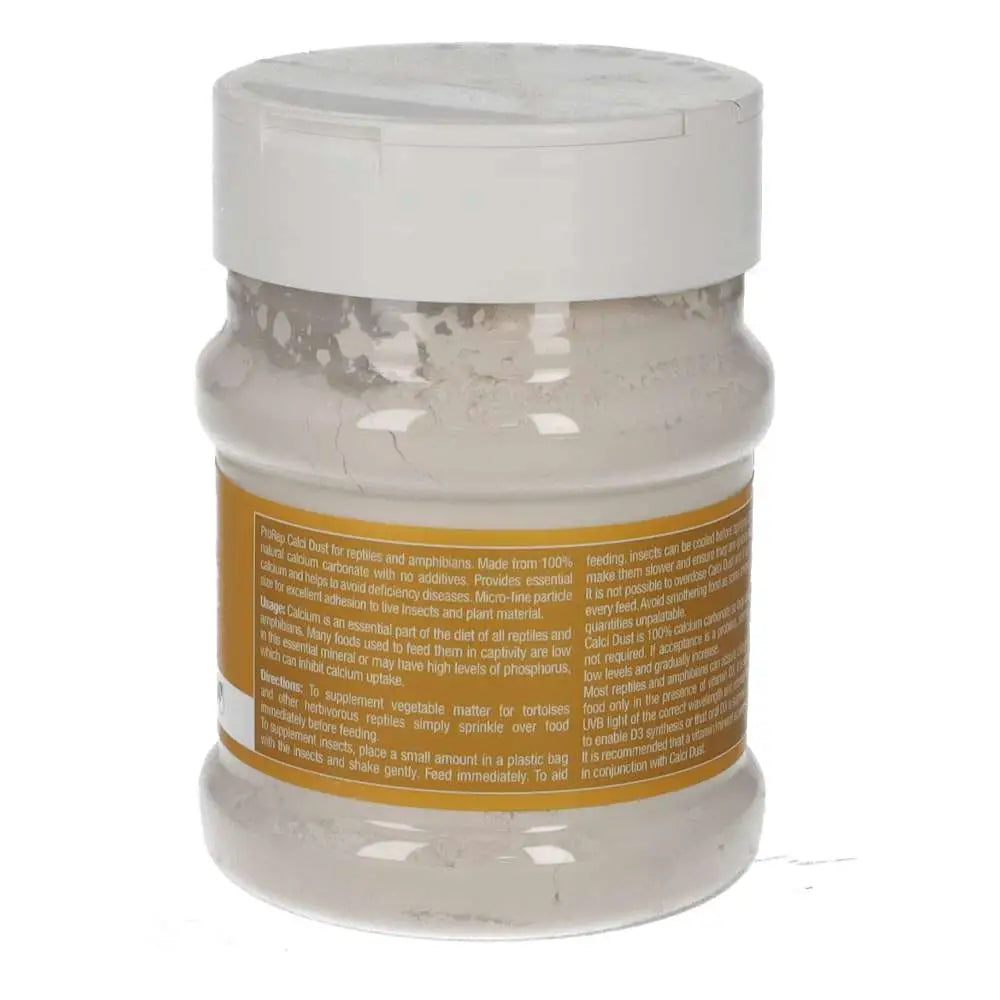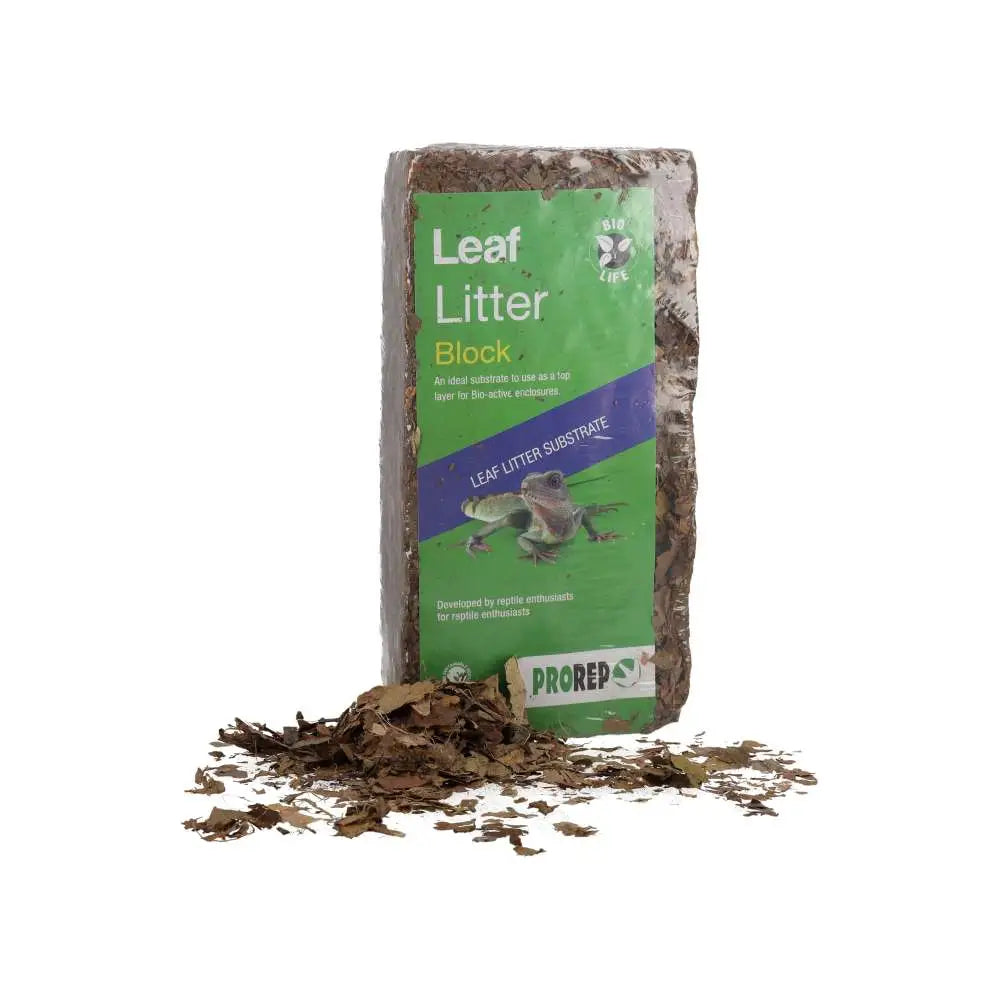
Brumation Bearded Dragon: Signs, Care & Tips
by Luke Tansley on in
Have you ever had a mini heart attack walking past your bearded dragon’s enclosure, only to find your beardie completely still and unbothered? You’re not alone! What you’re likely seeing is a natural process called brumation, a hibernation-like state that some bearded dragons go through, especially in cooler months.
During brumation, your dragon might sleep more, eat less, and spend extra time hiding or burrowing. It can be surprising if you’ve never seen it before, especially as it’s a survival strategy in the wild.
While it is uncommon for pet beardies to go through, knowing the signs and how to support your dragon through this phase means you’ll be ready to keep them healthy and comfortable if it does occur. We’ll help you spot what signs to look for and what to expect.
Understanding Brumation

First things first, if you’ve never heard the word brumation before, don’t worry. We’ll break it down for you.
Brumation is a natural period of dormancy that cold-blooded animals like bearded dragons go through in the wild, usually during the cooler months. This can be in late autumn or around June for those in the southern hemisphere. In both the wild and captivity, they’ll slow down their metabolism, stop eating, and seek out cooler, darker spots to rest and conserve energy until temperatures rise again. It isn’t common for pet bearded dragons to brummate, however, it may sometimes occur. You might notice them sleeping for long stretches, moving less, and generally keeping to themselves. If your beardie starts showing signs of brumation, it’s important to adjust their setup, and make sure they are warm enough.
5 Bearded Dragon Brumation Signs

Wondering if your beardie is about to enter brumation? These five common signs can help you spot the shift in behaviour:
-
Spending less time under the basking light: If your dragon usually loves soaking up the warmth but suddenly avoids the basking area, it could be a sign they’re winding down and preparing for a slower pace.
-
Hanging out in cooler spots of the enclosure: Bearded dragons often start seeking out the shadier, cooler areas of their tank as their body naturally responds to seasonal changes.
-
Losing interest in food: A reduced appetite, or even going off food entirely, is normal before and during brumation. Their metabolism slows down, so they don’t feel as hungry.
-
Sleeping more than usual: You might notice your dragon dozing for longer stretches or even behaving a bit dazed. This increase in sleep is a natural part of preparing for dormancy.
-
Hiding away or digging: Many bearded dragons look for dark, safe spots to hunker down. Some may even start digging as if they’re trying to create a cosy little burrow or nest.
Developmental Considerations

When caring for bearded dragons, understanding how their age affects their brumation patterns is crucial. Younger dragons have different needs and behaviours compared to adults, impacting how you should manage and interpret their brumation habits.
Brumation in Younger vs. Adult Bearded Dragons
Not all bearded dragons will brumate, as individual factors such as age, health, and environmental conditions contribute to this variability. It happens less and less with pet beardies as there is typically no need for them to use this survival technique.
-
Bearded dragons start brumating after they’re at least one year old.
-
Lethargy in baby bearded dragons may signal health or care issues, not brumation.
-
Ensure proper lighting, temperature, and diet to keep young dragons healthy.
-
Adult dragons often brumate by sleeping more, eating less, and hiding away.
Useful Tip: Unlike hibernating mammals, your bearded dragon may still open its eyes, shift position, or even drink water during brumation. That’s completely normal.
Physical and Environmental Factors

If you start to see signs that your bearded dragon may begin this process, a way to help is by creating the right brumation environment for your bearded dragon, which means paying attention to temperature, humidity, and lighting. A few small adjustments can go a long way in keeping them safe and comfortable during this process.
Temperature Requirements
Since bearded dragons are ectothermic (cold-blooded), they rely on their surroundings to regulate their body temperature. In the wild, winter can be tough due to both the cold and limited food, which is why brumation is such a clever survival strategy.
If your bearded dragon decides to brumate, keeping their environment safe and comfortable is key, especially when it comes to temperature.
Maintain daytime temperatures between 18°C and 24°C, with only a slight drop at night if necessary. Temperatures should never fall below 16°C, as cooler conditions can negatively impact your dragon’s health and are not recommended in captivity.
It’s helpful to maintain a gentle temperature gradient in the enclosure to facilitate brumation. This allows your dragon to move between warmer and cooler areas as they need to. You can also slowly reduce the intensity and duration of the basking lamp to mimic natural conditions, just don’t switch it off completely.
Humidity Levels
Maintaining the right humidity is just as important as temperature when your bearded dragon is brumating.
They do best in a low-humidity environment, ideally around 30–40%. This helps prevent issues like respiratory infections or dry, flaky skin. During brumation, humidity can creep up a little, especially if your dragon isn’t basking as much, so it’s a good idea to keep an eye on it.
Using a hygrometer makes it easy to monitor levels. If things get too humid, try improving airflow in the enclosure or placing a small dehumidifier nearby.
The Role of UVB Lighting
Even when your bearded dragon is less active, UVB lighting is still important for their health.
You don’t need to turn it off completely, just reduce the hours it's on each day (6-10 hours of exposure is optimal) to mimic the shorter daylight hours of winter. This gives your dragon the UVB exposure they need while respecting their natural rhythm.
Make sure the bulb is still effective (they usually need replacing every 6–12 months) and positioned at the right distance from the basking area. UVB helps with calcium absorption and supports healthy bones, even during brumation.
Health and Nutrition during Brumation

Your bearded dragon may experience appetite loss during brumation. As their metabolism slows, they eat less and rest more.
Feeding Before and During Brumation
If brumation starts, it’s a good idea to slowly reduce how much food you offer. Many bearded dragons instinctively start eating less, which helps ease them into this restful phase.
Stick to leafy greens and soft, easy-to-digest veggies in the lead-up as they’re gentle on the digestive system.
Once your dragon settles into brumation, they may stop eating completely. This is normal. The key is making sure they’ve had a bowel movement before going fully inactive. This helps prevent any digestive issues while they’re resting.
Recognising Health Issues
Watch out for signs that something might be wrong with your dragon, like severe weight loss, dehydration, or unusual lethargy. While a little weight loss during brumation is normal, sudden or drastic changes can be a red flag. Healthy bearded dragons should maintain some fat reserves, even while resting.
Also, be aware of symptoms linked to metabolic bone disease, such as weakness, tremors, or soft jaw bones. Proper UVB lighting and nutrition before brumation play a big role in preventing this.
When in doubt, visiting the vet immediately can help you catch any issues early and keep your dragon safe.
Supplementation and Hydration
Even if your bearded dragon isn’t eating much, or at all, during brumation, supporting their health is still important.
A light dusting of calcium or multivitamin powder before brumation can help top up their nutrient levels, especially if food intake is minimal.
Hydration is just as important. Your dragon might not drink from a bowl, so offering the occasional lukewarm bath can help keep them hydrated. It's also a gentle way to encourage bowel movement before they settle in.
Keep an eye out for signs of dehydration, such as sunken eyes or wrinkly skin, and step in if needed.
Useful Tip: Watch for irregular shedding or any skin issues during this time.
Post-Brumation Care

As your bearded dragon starts to wake from brumation, ease them back into their usual routine by gradually increasing the temperature and light exposure in their enclosure. This gentle transition helps them adjust comfortably.
Carefully watch their behaviour. If they remain unusually tired or show little interest in food, it could be a sign that something is wrong. Offering nutrient-rich foods and a few supplements can help replenish what they may have lost during their downtime. And if you’re ever unsure, seeing a vet can give you peace of mind and ensure your dragon is bouncing back in good health.
Wrapping Up
Beardies in captivity can sometimes go through brumation, especially during the cold winter months, however, this is very rare. While it can be unsettling, understanding the brumation process helps keep your reptile safe. It usually occurs in late fall or early winter, often for several weeks or even extended periods. During this time, they rely on a safe, happy environment with proper UV light, fresh water, and minimal disturbance.
Unlike many reptiles, bearded dragons are hard-wired for this seasonal slowdown, and with the right care, they’ll come through it healthy and strong. With careful attention, you’ll help your bearded dragon rest well and bounce back after the brumation period. At the Reptile Centre, we are always happy to help ease your mind over any concerns you may have over your reptilian friends. Get in touch if you have any questions about your beardie’s brumation!
Frequently Asked Questions
How long does brumation last for bearded dragons?
Brumation can last from a few weeks to up to the entire winter months. The exact duration depends on the individual dragon and its environment. Some dragons may only brumate for a short period, while others go into brumation for the entire winter season. They can also brumate one year and not the next or brumate every year.
Is it safe to handle my bearded dragon while it is brumating?
It is best to minimise handling of your bearded dragon during brumation. This period is similar to hibernation for reptiles, and handling can cause unnecessary stress. If you must handle them, be very gentle and brief.
Can I induce bearded dragon brumation?
You shouldn't try to force brumation. While it’s a natural process for bearded dragons surviving in the wild, it rarely takes place in captivity. If it does occur, focus on providing a suitable environment. Let your dragon decide if and when to brumate.
Can I stop my beaded dragon from brumating?
You shouldn’t try to stop your bearded dragon from brumating if they’re well into the process, as this can cause stress. However, it's early days, check the tank temperature and make sure they’re warm enough. It’s best to support them with a safe, warm and comfortable setup to prevent the need for them to brumate.
What’s the difference between brumation and hibernation?
Brumation is a lighter, low-energy state cold-blooded animals enter, where they may still wake occasionally. Hibernation is a deep, uninterrupted sleep seen in warm-blooded animals.


